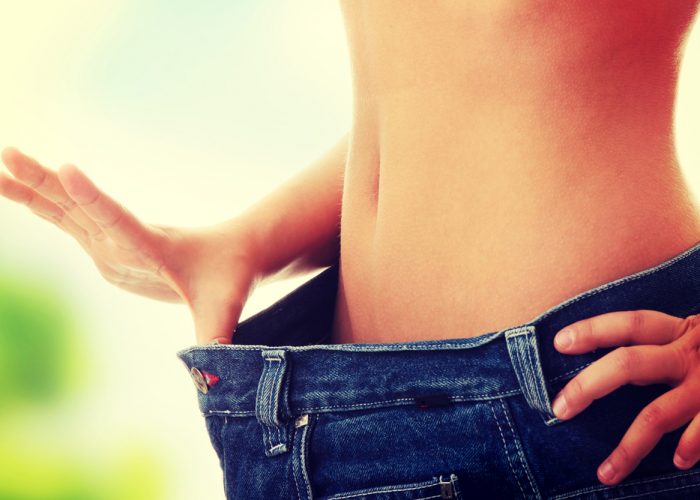



Women are more likely to gain excess belly fat, especially deep inside the belly as they go through perimenopause and into menopause when their menstrual cycle ends.
BELLY fat occurs when excessive abdominal fat around the stomach and abdomen has built up to the extent that it is likely to have a negative impact on health. For many, the belly fat is just the tip of the iceberg, it’s the deeper fat stores that form in and around your internal organs than can cause some serious health problems if it isn’t reduced.
Losing belly fat is important, not only for appearance and vanity but also for your health with research showing the significance of belly fat and its role in the risk of acute myocardial infarctions, diabetes, high blood pressure and high cholesterol as well as other inflammatory conditions.
Women are more likely to gain excess belly fat, especially deep inside the belly as they go through perimenopause and into menopause when their menstrual cycle ends. That’s because as oestrogen levels drop, body fat is redistributed from the hips, thighs, and buttocks to the abdomen.
For men, the natural reduction in testosterone as they age means excess calories are often stored as visceral fat and thus the accumulation of belly fat occurs.
Stress and the cortisol connection contribute to belly fat as well. Research findings support the hypothesis that cortisol secretion might represent a connection between stress and abdominal fat distribution.
The first type of body fat is the structural fat which fills the gaps between various organs. Structural fat also performs important functions such as bedding the kidneys in soft elastic tissue, protecting the coronary arteries and keeping the skin smooth and taut.
The second type of fat is the essential fat reserves. This is the normal reserve of fuel used when the body is faced with immediate dietary insufficiencies such as regular low-calorie diets. Such normal reserves are localized all over the body.
Both structural and essential fat are normal, and even if the body stocks them to capacity this can never be called obesity.
The third type of fat, belly fat, is entirely abnormal and is non-essential.
It is the accumulation of this fat which creates the dreaded belly fat. This abnormal fat is also a potential reserve of fuel, but unlike the normal reserves, it is not available to the body in a nutritional emergency or during most diet programs. This third type of fat is the causative factor in health problems associated with belly fat.
It is difficult to remove and adds to further fat stores in the body due to its ability to slow down the metabolic rate.
The number one rule in reducing belly fat: DO NOT start by decreasing your fat intake. Not all fats are bad fats. In fact, eating certain fats can help you reduce belly fat.
Good fats that you need to add to your eating regime include avocados, olives and other sources of Omega-3. A study in the International Journal of Obesity found that eating three 5-ounce servings of salmon per week for four weeks as part of a low-calorie diet resulted in approximately 2.2 pounds more weight loss than following a diet that didn’t include fish.
Dan Mendilow shares some fantastic points on what you need to do to turn your body into a belly-fat burning machine by replacing a few unhealthy foods with healthy foods. Dan goes on to explain the importance of eating certain fats and why you should not be shunning them in your quest to lose your belly fat:
Skip the crunches. Abdominal crunches and sit-ups should build strong muscles, but you might not see them under belly fat. In fact, crunches might actually make your stomach look bigger as you build up thicker abdominal muscles. Instead, if you strengthen your back muscles, your posture will improve and pull in your belly. By Julie Dargan
www.lifehack.org
Follow us on Twitter @FingazLive and on Facebook – The Financial Gazette